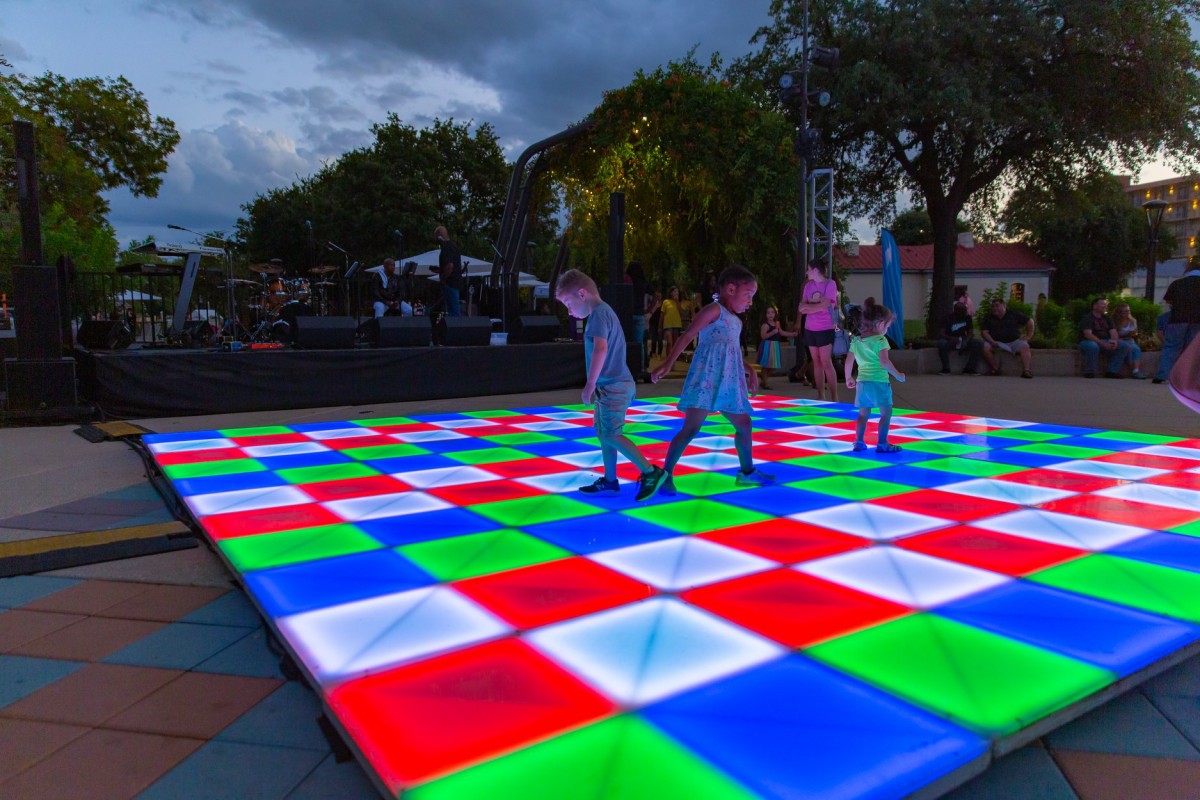Understanding the Effect of Environmental Elements on the Longevity of Performance Platforms within Diverse Environments
Dance surfaces are an essential part of many communal environments, including nightclubs, community facilities, and event spaces. The longevity of these dance floors can be significantly influenced by various environmental factors. Recognizing these factors can assist managers and administrators preserve their performance floors in good condition, guaranteeing a secure and pleasant atmosphere for everyone. This guide will discuss key environmental influences such as humidity, temperature, foot traffic, and maintenance procedures.
Humidity holds a crucial role in the condition of performance floors, especially those made from wood. When moisture ranges are high, wooden floors can take in moisture, leading to distortion and bending. Conversely, low humidity can lead timber to dry out and split. Dance floor owners should track moisture levels and consider employing dehumidifiers or humidifiers as required to preserve a balanced environment. Adequate ventilation is also important because it assists in regulating humidity levels. Ensuring that the space has good circulation can extend the lifespan of the dance floor.
Climate is another important factor influencing the durability of performance floors. High temperatures can cause materials to swell, while low temperatures can lead to contraction. Performance surfaces need to be kept at a moderate climate to avoid damage. Additionally, when performance surfaces are subjected to constant sunlight for extended periods, they may lose color or become discolored. Installing window treatments or placing safeguarding barriers when the area is not in operation can assist in protecting the performance surface from harmful UV rays and temperature fluctuations.
Foot traffic is an inevitable part of any dance floor’s lifespan. The type and frequency of use significantly impact wear and tear on the surface. Heavily used sections are more likely to show evidence of damage such as marks, abrasions, or dents. To mitigate this issue, it is wise for venue managers to alternate events or assign specific areas for various activities. Placing protective mats in front of entryways can also reduce dirt and particles being tracked onto the dance surface, which contributes to deterioration.
Regular maintenance is vital for preserving performance surfaces across various environments. This involves regular cleaning to eliminate dirt and grime that can damage surfaces, as well as using the appropriate finish or sealant to safeguard against spills and stains. A properly cared-for performance surface not only looks improved but also provides a more secure space for performers by minimizing slips and accidents. Creating visit the site a care plan that incorporates inspections and fixes will help ensure that any issues are resolved quickly before they worsen.
In summary, surrounding conditions such as humidity, temperature, foot traffic, and maintenance practices greatly influence the lifespan of dance floors in various environments. By recognizing these elements and implementing proactive steps, venue operators can increase the durability of their flooring systems. This not only ensures a longer additional resources lifespan for the flooring material but also promotes a safer and improved space for all who experience it.